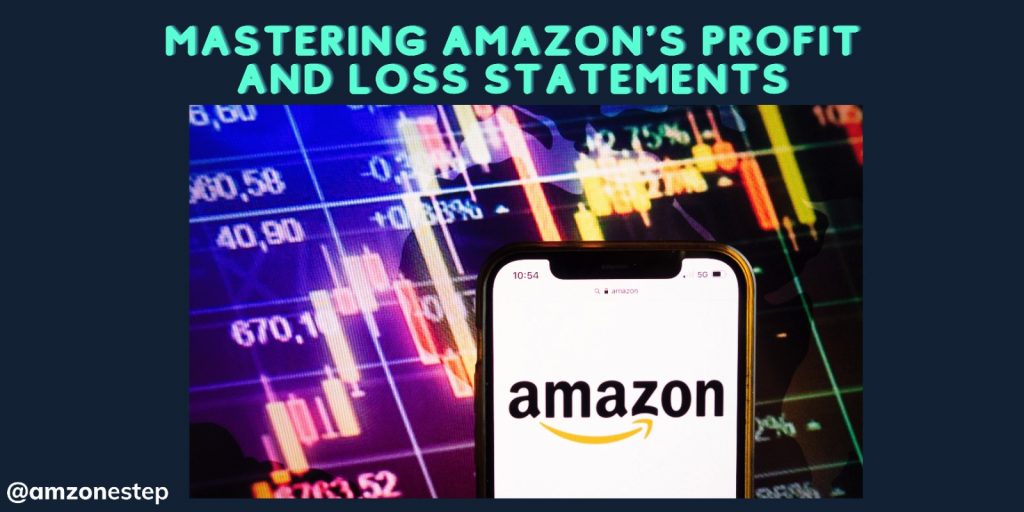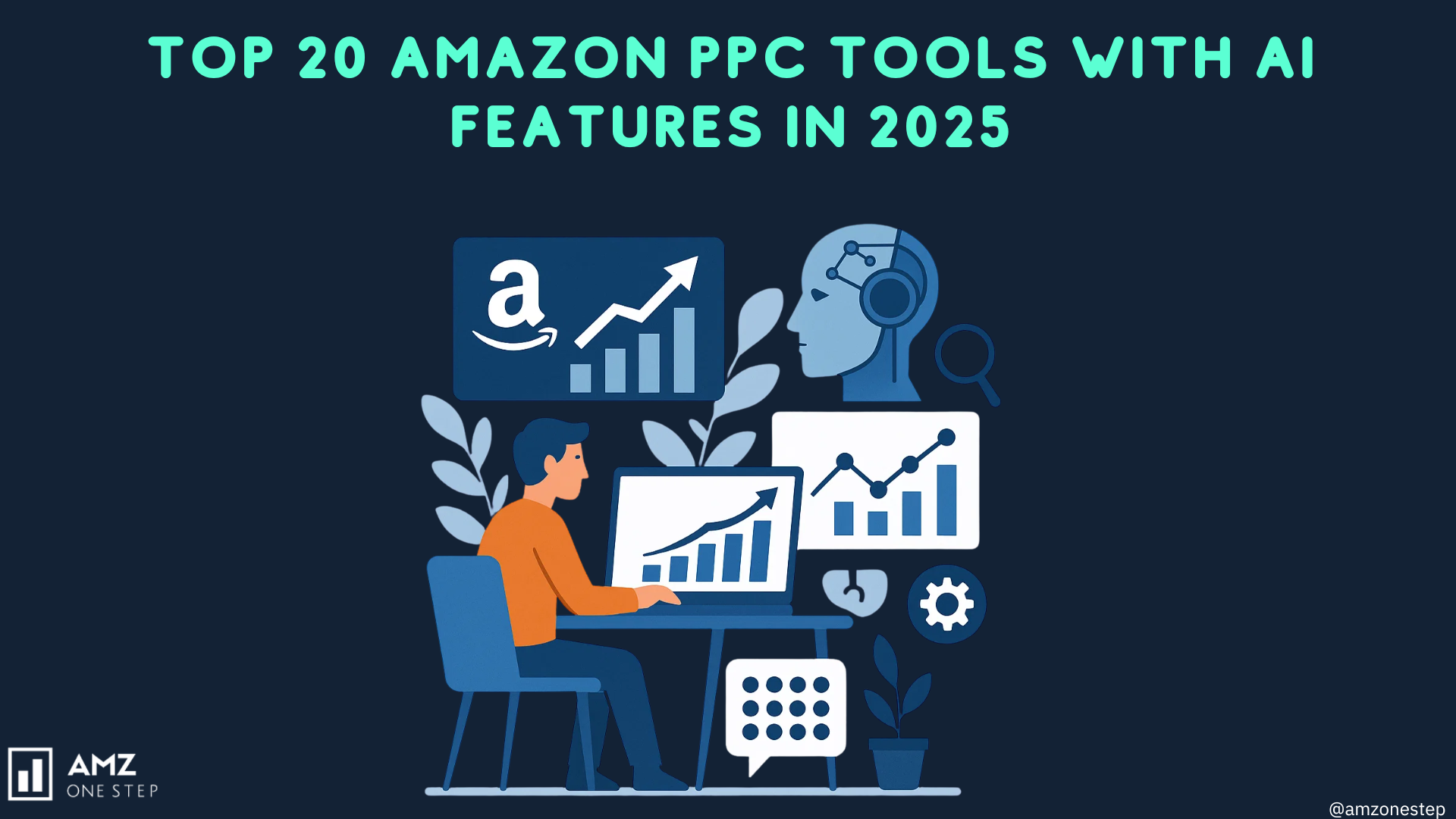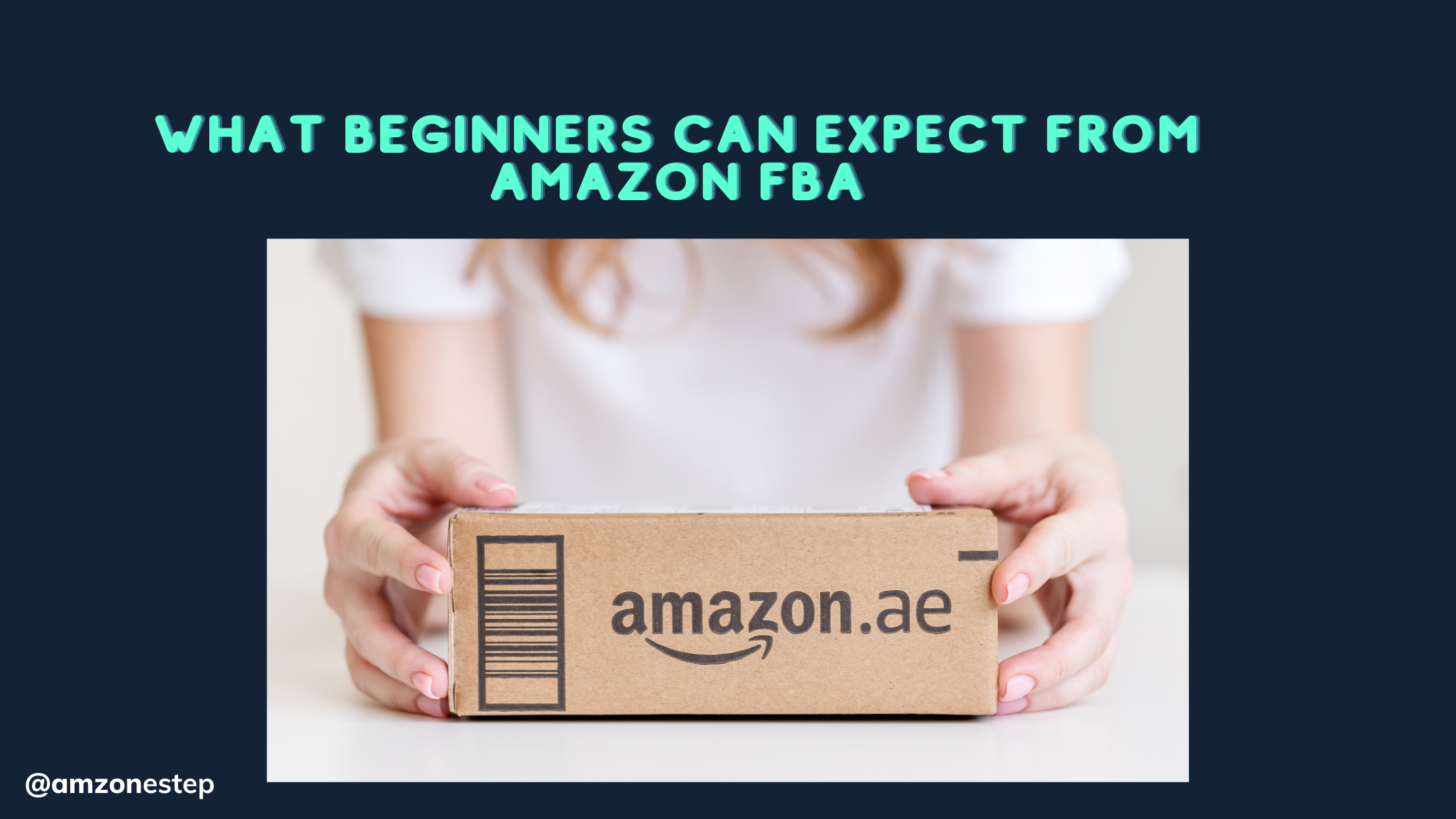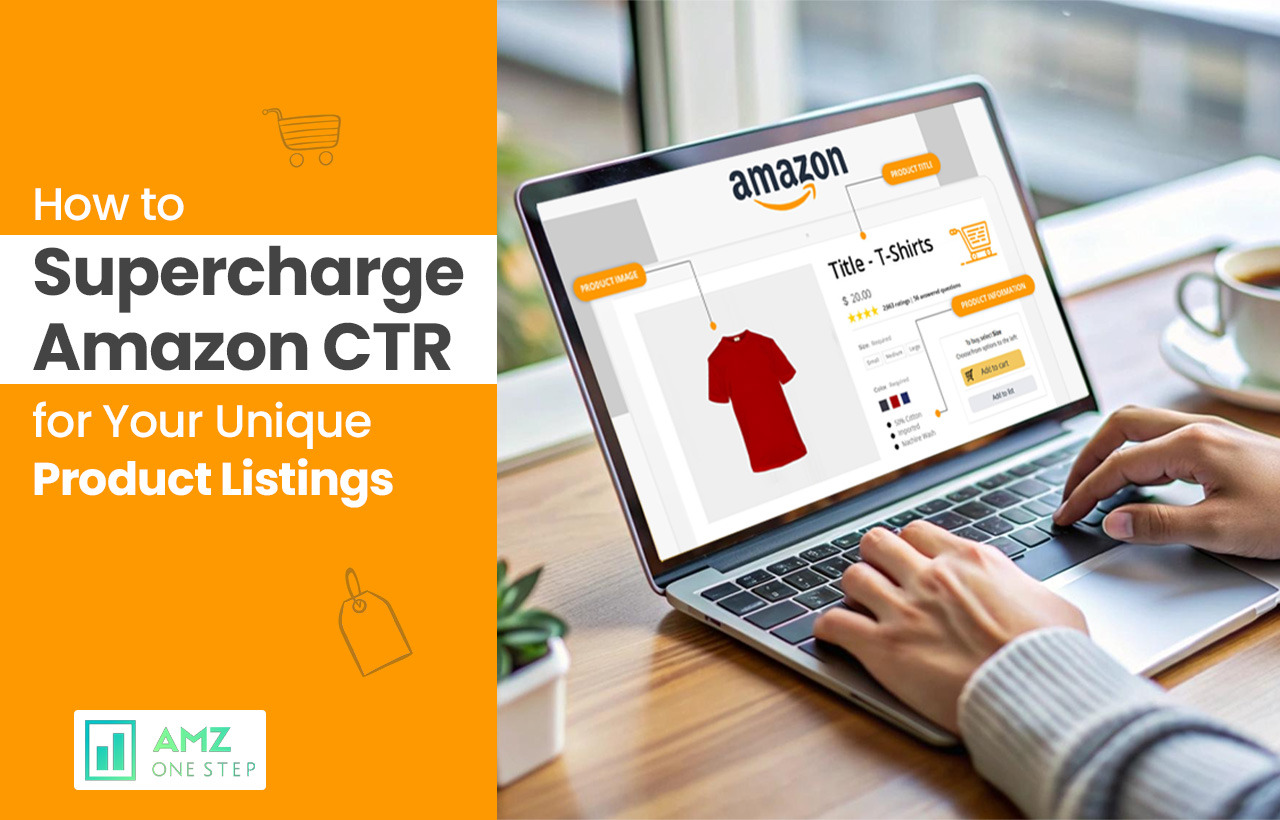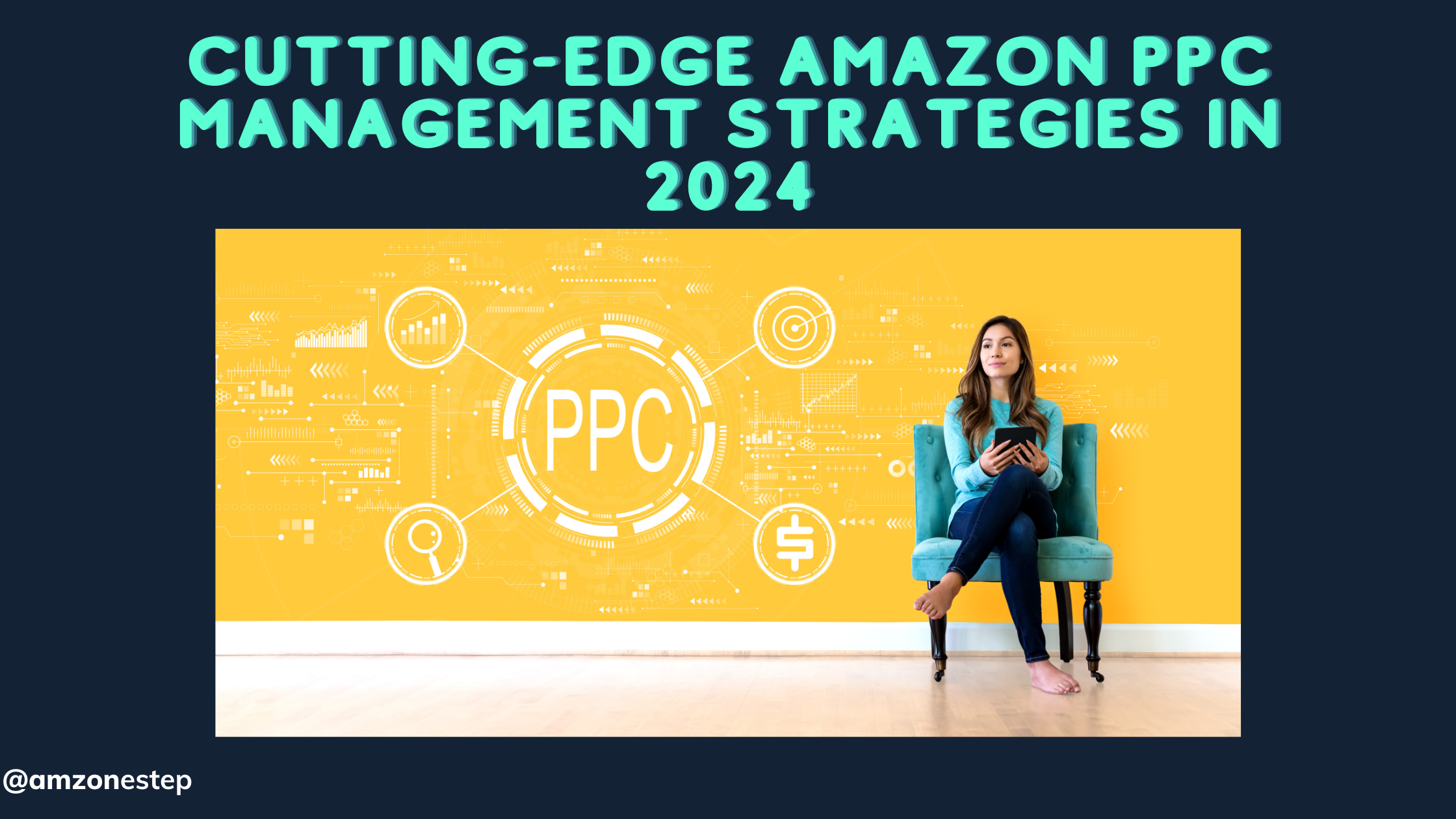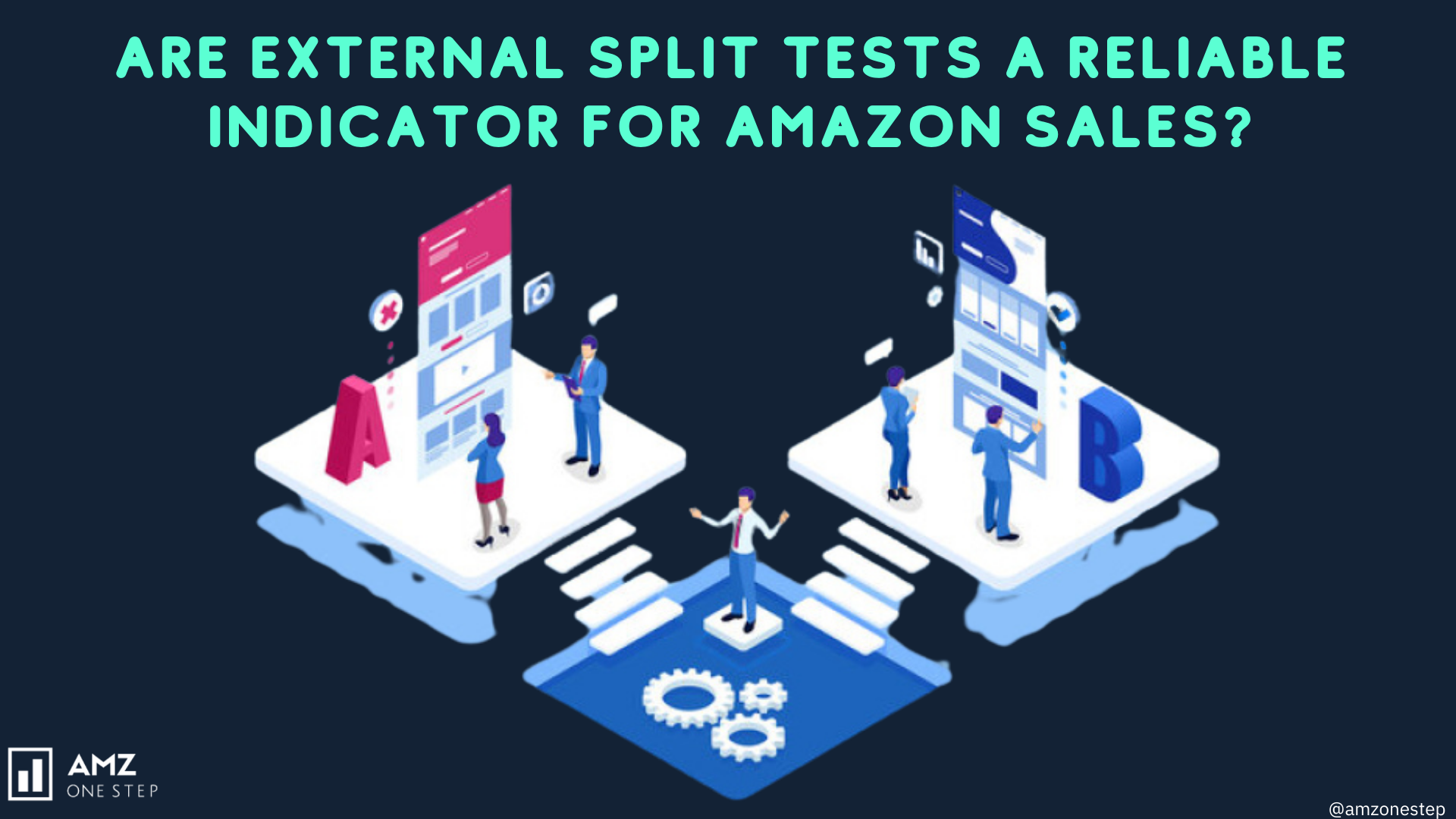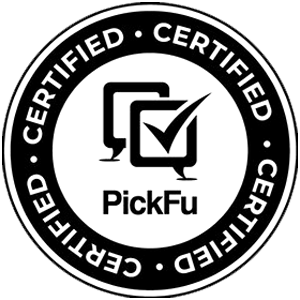For any Amazon seller, a successful business must have an eye toward the long term. Therefore, profitability is essential to success, and profitability comes only with continuing growth that compounds over time.
With such steady development, profits will likely be maximized!
Read More:5 Best Ways to Highlight Amazon Product USPs
Why Is a Profit and Loss Statement Necessary for Your Company?
A profit and loss (P&L) statement allows business owners to monitor revenue growth, costs, and spending. Using this data allows for more informed decisions to maximize profitability. Finally, it is a helpful instrument for increasing long-term growth potential.
To maximize profits, business owners must pay attention to their Profit & Loss statements. For example, if advertisement costs are high but net profit isn’t increasing, there may be areas of improvement that can help return investments and boost earnings.
Solutions include:
- Reducing costs for goods purchased or sold,
- raising product prices if applicable, or
- investing in building a brand name identity – all potential ways to drive organic sales growth.
- P&L statement also serves as a valuable resource when considering key decisions related to financial performance.
Setting a goal to increase sales by 30% year-over-year is no small feat. However, during the analysis of your profits and losses, you may find that while sales weren’t as high as anticipated, profits were better than the previous year; thus presenting an opportunity for further investment in advertising initiatives which could result in higher sales numbers.
Alternatively, current efforts are meeting or exceeding expectations. In that case, optimize marketing strategies and maximize the return from existing investments before risking capital for launching new product lines into untested markets.
Read More:How to Increase Followers & Sales with Amazon Live
Learn About the Language of Business.
P&L statements represent an essential tool in financial analysis, packed with a wealth of indicators that provide valuable insight into the company’s performance when interpreted correctly.
Understanding such metrics is key to unpacking the report and drawing meaningful conclusions.
SALES REVENUE
Sales revenue is integral to understanding the success of a business, as it represents the funds earned before any deductions. This data can be used for evaluating valuation and establishing ambitious targets that will fuel long-term growth objectives.
Sales Revenue: Number of units sold x Average selling price per unit.
NET SALES REVENUE:
Net sales revenue offers valuable insight into the economic performance of your products and services. By tracking all discounts, reimbursements, accounting costs, and other fees, you can accurately assess their return on investment to make informed decisions that optimize profitability.
Net sales revenue = Sales revenue – Sales Returns – Discount – Other Deductions.
COSTS OF GOODS SOLD
Understanding the Cost of Goods Sold (COGS) is essential for effective product management. COGS refers to all expenses directly related to the production or purchase of a given item, including materials, labor costs, shipping fees, taxes, and more.
These potential inconsistencies in cost can significantly affect businesses; if not managed correctly, these fluctuations may lead to unprofitable results. Therefore utilizing an accurate evaluation framework when determining COGS ensures that companies remain competitive while producing quality products at an optimal price.
OVERHEAD COST
Running your business demands certain investments to ensure its success. These include promotional expenditures, like advertising and marketing costs; employee salaries for delivering on daily operations; fees associated with using services such as Amazon’s; plus warehouse overheads which complete the financial picture of operating a successful enterprise.
Read More:5 Ways to Step up Your Game as an Amazon Seller This 2023
REVENUE
Keeping a close eye on your business’ revenue growth is essential. Your success depends not only on the initial download of Amazon data to your profit and loss statement but also having adequate inventory stock that keeps up with this new product movement you may enjoy! Keep in mind that increased profits are inevitable if managed appropriately – maximizing any potential for future success.
Analyzing your profit and loss statement will give you a comprehensive overview of sales demand. You must leverage this information to enable the timely replenishment of inventory to capitalize on any increases experienced by your business. If incorrect assessments are made, however, there may be an unwelcome consequence – having insufficient stock when revenues rise rapidly can lead to financial losses due to its inability to fulfill orders during these periods.
RETURN RATE
Ensuring you receive a 6% return rate is essential for effective business operations. Such assurance is necessary for costly changes or supplier switches to meet targets. Setting your orders at a 6% payment level each month allows for an expected 5% refund of sales and prevents any shortages in meeting objectives.
Revenue Growth vs. Expenses – A Telling Signal
Examining your profit and loss statement can be a valuable lesson for any business. Understanding the difference between revenue growth and expenditure is essential in making accurately informed decisions that will contribute to overall success.
Many businesses stand to learn a cautionary lesson: impressive revenue growth doesn’t always indicate success. While sales might be on the rise, it’s essential that expenses are monitored in tandem – otherwise, what appears like robust financial health could spell ruinous budgets and unexpected costs down the road. Advertising is often at fault- when demand increases, so too may associate fees for per-click ads or services such as Amazon Prime Sponsored Ads, leading to gross mismanagement of resources unaware until far too late.
Analyzing the growth curves of two products is essential for making informed decisions about a product line. Financially, if there’s an imbalance between revenue and expenditure, it may be time to re-evaluate inventory or brands. But if you can sustain an optimal proportion in these areas, then keeping your current setup could prove successful in the long run.
Read More:What Is The Best Funding Option To Scale Your FBA Business?
SETTING UP P&L:
With automated P&L accounting software, you have the flexibility to determine how revenue is recorded: accrual or cash basis. Accrual basing captures revenues when earned and expenses when incurred, while Cash Basis informs what has been paid rather than invoiced – providing timely insight into your firm’s financial data.
Cash Basis
The cash basis method of profit and loss statement calculation recognizes revenues when they are received in payments, ensuring that profits accurately reflect the money brought into a business.
Accrual Basis
The accrual method of recognizing revenue can be an invaluable tool for accounting professionals. Not only does it reflect a more accurate view of your business’s financial state, but it is also in line with generally accepted accounting principles (GAAP). Unfortunately, this means that earned sales will manifest on the profit and loss statement as soon as they are made – not when payment is received!
Read More:Making the Most of Amazon’s Buy Box Algorithm
How to Analyze P&L Statements to Grow Your Business?
Understanding data can be a difficult task for many of us. But with a few pointers and tricks, you’ll be an expert in no time!
Let’s monitor sales revenue month-to-month for growth potential to help get your analysis off to a great start. Uncovering these details will give valuable insights into which strategies work best for success.
Diving deeper into your Costs of Goods Sold (COGS) is important to maximize sales. This will allow you to uncover how operations are impacting finances and profits. To help control COGS, consider buying bulk from suppliers for better discounts or seeking new ones with similar quality at a lower cost. Additionally, ask for a line of credit so that payments can be spread out over time instead of being due all at once; this allows businesses can manage cash flow.
Lastly, evaluating profit margins helps measure success against competitors and pinpoint areas where costs could be optimized further down the road – giving insight into financial health and useful information necessary for making informed decisions in the future!
Read More:Amazon Competitor Analysis: How to Stay Ahead of the Curve
FINAL THOUGHTS
Looking at your business’s P&L statement is essential to driving growth for your company. By evaluating all the metrics, from sales revenue to COGS, you can find opportunities to invest in marketing and advertising to ensure your business is always growing.
This will allow you to make more educated decisions about managing your resources and building your organization.

Hi there! I’m the content marketing and branding specialist for AMZ One Step. I work hard to create engaging and informative content that helps our readers learn more about Amazon selling and how to make the most of their businesses. I love spending time with my family and exploring literary works when I’m not writing or working on projects.

